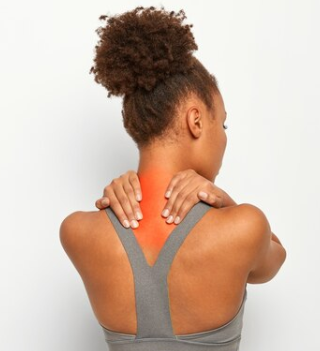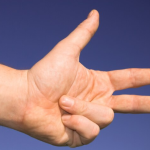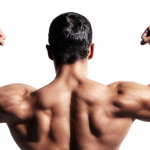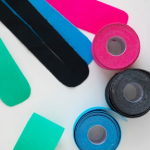 |
According to the Ministry of Transportation, 2023 saw a total of 49 106 drivers involved in collisions. Of these thousands, it is estimated that up to 83% of individuals will develop whiplash after a car accident. Unfortunately, this makes whiplash the most common injury developed after a car accident and something Physiotherapists see all the time in practice. If you have had a recent car accident and are experiencing neck pain, read on to find out more about whiplash. What is Whiplash? Whiplash injuries, also known as Whiplash Associated Disorder or WAD, is an injury of the neck’s soft tissues.…
Read More










